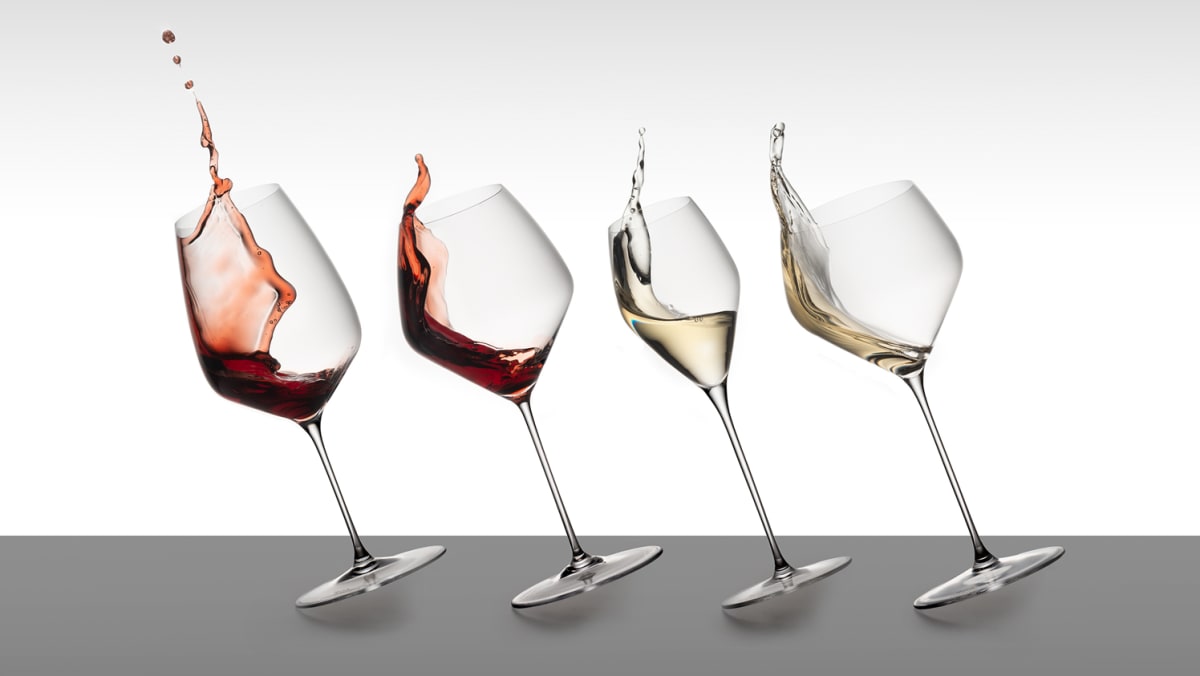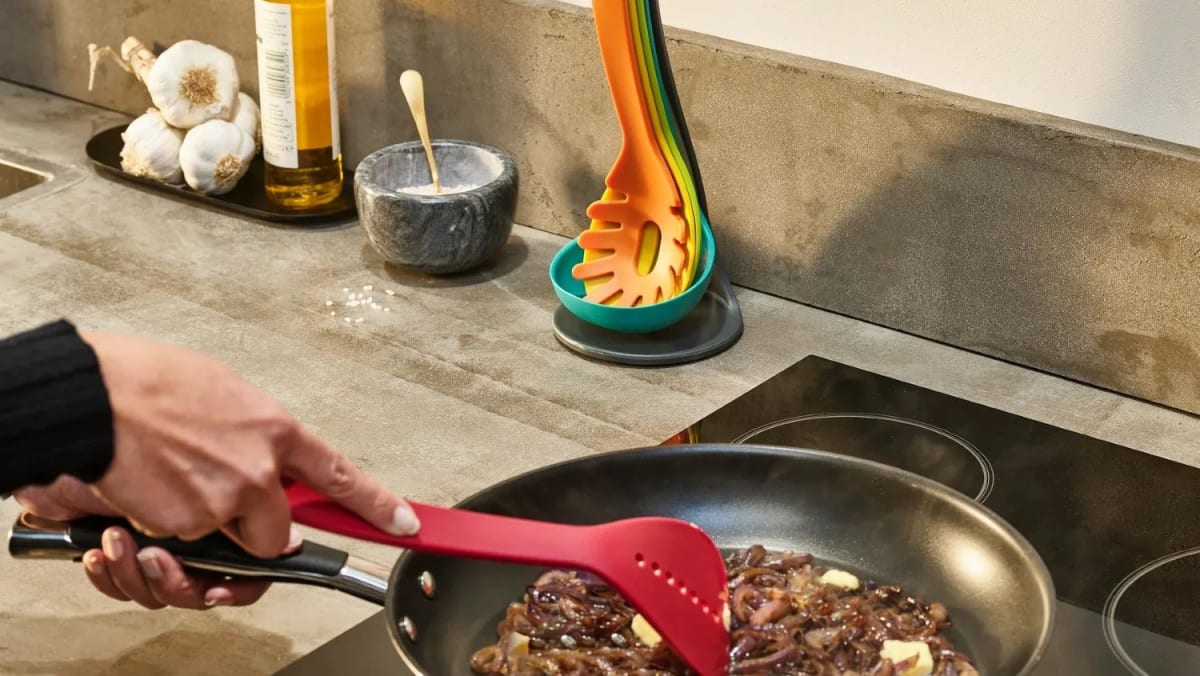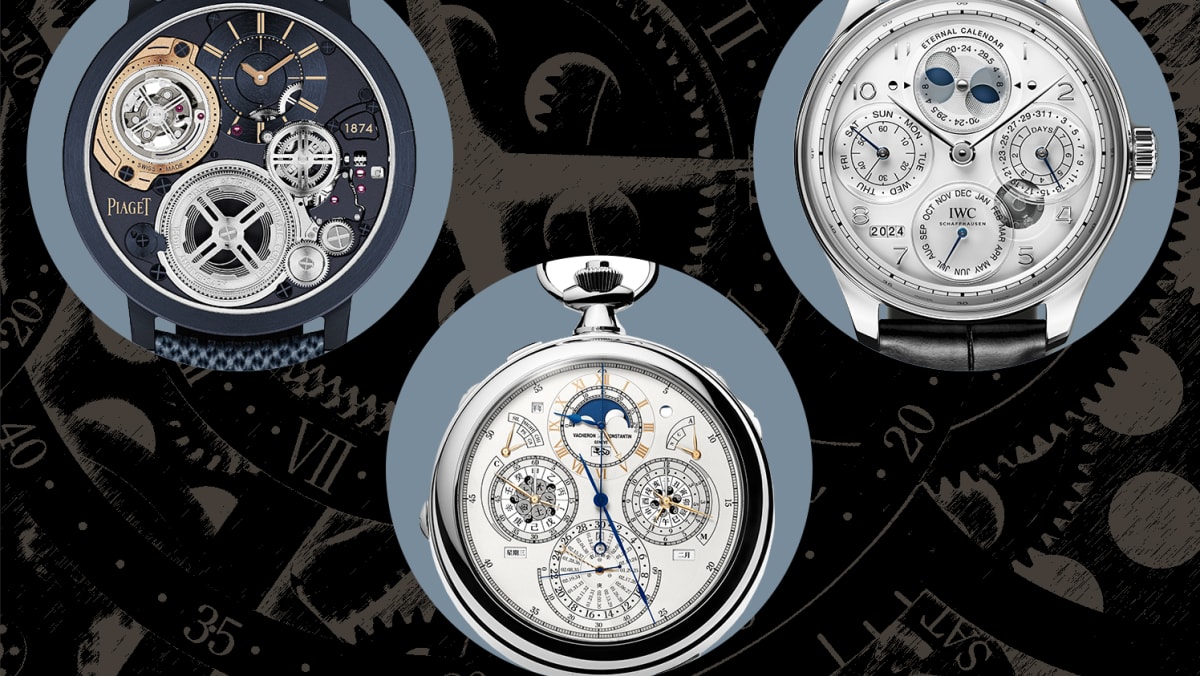2. Riesling glass: Some minerality is preserved but alcohol feels rather sharp on the palate; aftertaste is astringent.
3. Glass X: Still rather aromatic but some minerality is lost. Finish is astringent.
4. Pinot Noir/Nebbiolo glass: Aromas are subtle. Some of Chardonnay’s typical white fruit notes are lost. Astringent on the palate.
Wine educators like to explain how our tastebuds work by breaking down our tongue into zones of umami, acidic, bitter, sweet, and salty; the sides of our tongue are sensitive to acid. Although this classic model has since been disproved by many scientists, the Riedel glasses’ way of changing how a wine interacts with our palate shows that the tongue map may still be quite relevant.
According to Riedel, the round, open shape of the Chardonnay glass positions the wine towards the centre of your palate as you sip. It then rolls into the sides of your mouth, enhancing its fruit, minerality and luscious texture.
On the other hand, the narrow bowl of the Riesling glass makes you tilt your head back to drink the wine: It hits the tip of your tongue, deemphasizing Chardonnay’s viscosity and highlighting its acidity. This flow benefits a high-acid Riesling by avoiding the sides of your tongue, balancing its fruit and acidity, but it does no favours for a low-acid, luscious Chardonnay.
My own take is the wider bowl of the Chardonnay glass releases a bigger volume of wine into your mouth, spreading it evenly across your palate. It’s like drinking a beer from a can versus doing so from a mug; it just feels different.
SET 2: CRISTOM VINEYARDS, MT JEFFERSON PINOT NOIR 2021, OREGON, UNITED STATES













